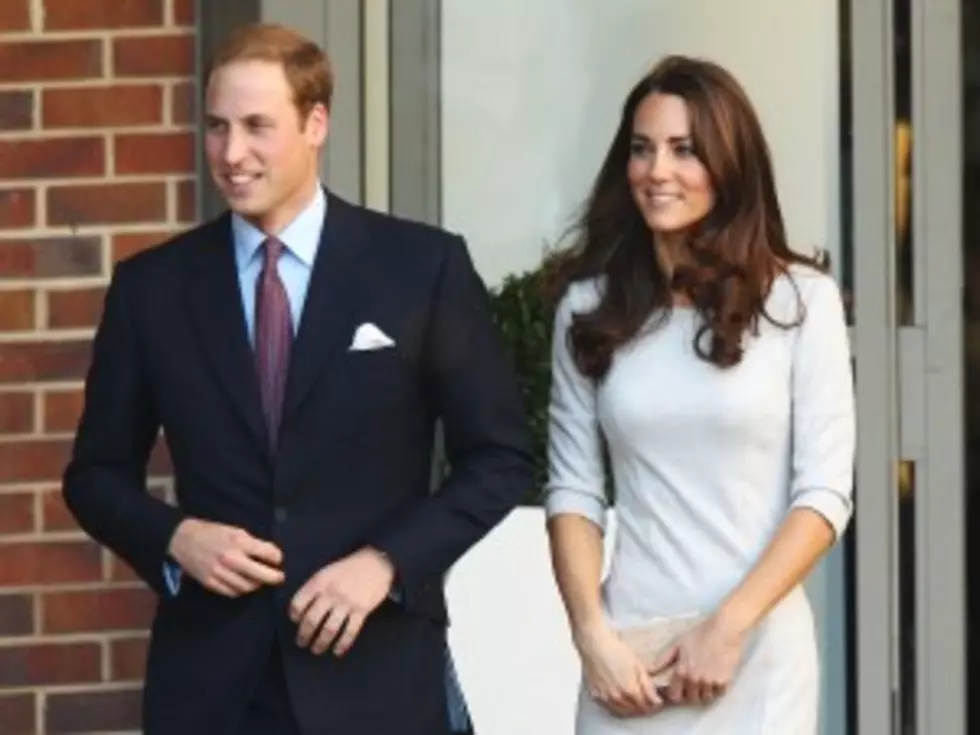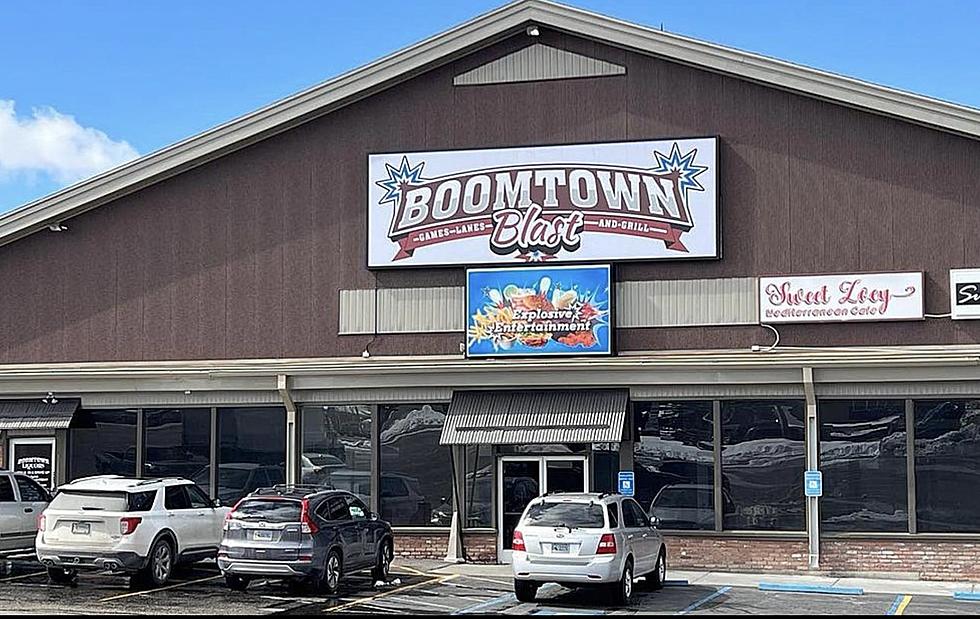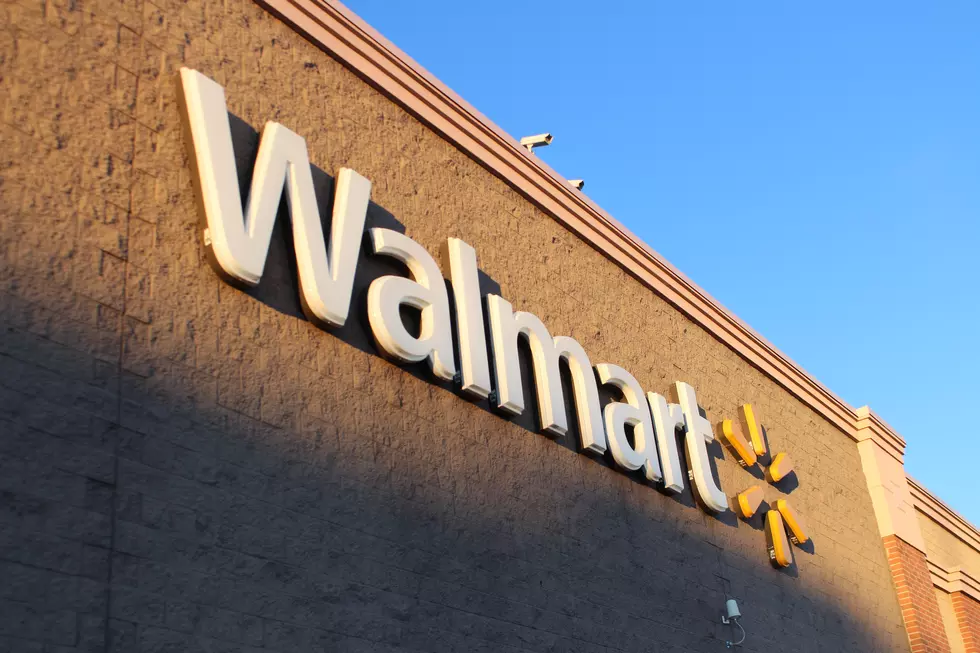
In a Year Of Cataclysms, A Few Faces Stand Out
Seismic jolts shook 2011 — uprisings that set a whole region afire, natural disasters of historic destructiveness, the demise of icons. But again and again amid these world-changing convulsions, the mirror of a single face, or two or three, joyous, tormented, panicked or hopeful, brought the larger-than-life moments back to human scale.
There were the taut, staring faces in the White House situation room as America's leaders strained to take in reports of the raid that was, right then, killing Osama Bin Laden.
Youthful faces filled Cairo's Tahrir Square, triumphant and forward-looking in spring, angry and masked against tear gas in fall.
Tears streaked faces in the ruins of tornadoes that scoured towns in Missouri and Alabama.
Behind a hazmat faceshield, scared eyes scanned Japan's quake-crippled Fukushima nuclear plant; in a final portrait, Steve Jobs stared, intense as ever but so thin; through a car window, Joe Paterno frowned distractedly.
It's not hard — and it may be almost necessary — to recall such images as we try to make sense of the relentless buffeting we've all been through in this extraordinary year.
Not all the faces are downcast. Seven months after she survived a would-be assassin's shots in January, beaming looks and happy tears greeted Rep. Gabrielle Giffords on her return to Congress for a vote to avert a government shutdown.
And as well-wishers thronged London streets for the wedding of Prince William and Kate Middleton, Britain's capital was almost one great grin. Almost, but not quite. As the royal newlyweds kissed on a Buckingham Palace balcony, eyes quickly shifted to the corner of the frame — and the head-in-hands grimace of a little worn-out flowergirl.
Think of an unforgettable event in 2011, and you conjure a signature face.
"Arab Spring" was the term coined for one of the year's most profound developments, but it was still winter when a street vendor in Tunisia, Mohamed Bouazizi, tragically protested officials' humiliating harassment by setting himself on fire. Demonstrators carrying poster-size photos of his youthful face surged in thousands to the seat of power in Tunis, eventually driving out the longtime ruler.
It was the first crack in the stone wall of autocracy in nations across the Middle East — and the Arab Spring became a year-long struggle to reshape the region.
Tahrir Square's crowds pushed Egyptian President Hosni Mubarak from office in February and later into a courtroom to answer charges; the crowds returned to the square amid the uncertainty surrounding November's elections. Yemen's pressured leader agreed to step aside, and other governments were forced to respond to demands for change. In Syria, deadly suppression of a determined uprising continues. In ravaged Libya, the capture and shooting of Moammar Gadhafi provided one of the year's most searing images: his corpse, face bloated, laid out on a bare mattress for queues of spectators to gawk at.
Near year's end, queues of a different kind formed in Egypt and Tunisia — as millions of voters cast ballots.
On the other side of the world, in the United States, long lines of people told another story of 2011. In cities from Atlanta to Los Angeles, job fairs lured throngs of unemployed Americans who snaked forward, single-file, to present their resumes as the jobless rate hovered around 9 percent. Lines of tents filled Occupy Wall Street's encampment in lower Manhattan, which spread its message of economic disenfranchisement — "we are the 99 percent" — to cities around the nation and the world.
The economy's woes were a theme hammered home as Republican presidential candidates stood behind rows of lecterns for what seemed at times like weekly debates — and near-weekly shifts in the front-runner, from Rep. Michelle Bachmann to Gov. Rick Perry to businessman Herman Cain (who'd later drop out, denying claims of sexual improprieties) to former House Speaker Newt Gingrich. "Anybody but Mitt," some in the GOP said, referring to ex-governor Mitt Romney, whose pretty good poll numbers neither dwindled nor let him pull away.
On the Democratic side, President Barack Obama geared up for a re-election run amid both economic and political dysfunction. "We can't wait," he repeated in speeches, chiding congressional Republicans for blocking administration initiatives on job creation and taxing the wealthy.
A drawn-out battle in Congress over raising the federal debt ceiling nearly halted government activity and led to the downgrading of America's credit rating. It also prompted creation of a special bipartisan congressional "supercommittee." Its job: to find budget savings on a scale not seen before — $1.2 trillion over the next decade. In the end, no compromise emerged in the gridlocked capital.
Congress' approval ratings dropped to historic lows (9 percent, according to a New York Times-CBS poll), which sent wags looking for anything ironic that enjoyed more favorability: "U.S. going communist" (11 percent, Rasmussen poll), BP during the Gulf oil spill (10 percent, Gallup poll). One survey (Public Policy Polling) concluded Congress ranked below Rupert Murdoch, the media baron hauled before Britain's Parliament to explain revelations of widespread illegal phone hacking by his aggressive tabloid reporters.
In Obama's year, no day proved more eventful than May 2.
He had given the order for a Navy Seal operation against bin Laden, the mastermind of 9/11, whom CIA intelligence had traced to a walled house in Pakistan. As CIA director Leon Panetta gave a real-time description of the unfolding helicopter raid, a White House photographer captured the moment: Obama's eyes burning straight ahead, Secretary of State Hillary Clinton tensely raising hand to mouth, others appearing to hold their breath. In 40 minutes, it was over; the commandos vanished into the darkness with hard drives and other evidence they gathered, plus bin Laden's body, which was hurriedly buried at sea.
"We got him," Obama said.
The man who had held the world in terror was gone — but the Afghan war launched to capture him marked its 10th year in 2011. In Iraq, the long U.S. military involvement came to an end in December.
In the war that freed Libya from Gadhafi, European powers cooperated under NATO's aegis — even as sovereign debt worries in Greece and other nations pulled the eurozone apart, threatening chaos far beyond. What images rise to the surface of this slow-motion crisis? Besides scenes of street fighting in Athens and elsewhere, it's the faces of France's Nicolas Sarkozy and Germany's Angela Merkel, looking awfully tired.
Government and corporate leaders in Japan tried to strike a calming tone after a cataclysmic earthquake and resulting tsunami crippled the Fukushima nuclear power plant in March. But dubious safety claims were quickly overwhelmed by surreal news coverage, such as scenes of hazmat-suited workers checking children with Geiger counters. With nearly 20,000 deaths and damage in the hundreds of billions of dollars, it was called the most costly natural disaster in history.
And nature's wrath wasn't spent. Historic flooding ravaged stretches of the Missouri and Mississippi rivers; Bangkok, Thailand, was inundated. An earthquake shook Christchurch, New Zealand, killing more than 180. And quakes struck in many other places, including some odd ones; a temblor just south of the U.S. capital cracked and closed the Washington Monument.
In roaring springtime tornadoes, parts of Joplin, Mo., and Tuscaloosa, Ala., among other towns, were virtually wiped away. One Missouri newspaper's full-page array of portraits — a baby's laughing face set amid the images of dozens of others, old and young — pitifully tallied the toll.
Another 2011 image of innocents who perished: In July, attacks in Oslo and at an idyllic island summer camp nearby in Norway by a man later deemed insane left 77 dead, most of them children and teenagers.
Death claimed the famous. Besides Jobs, the genius behind Apple computer and its elegant i-things, they ranged from legendary actress Elizabeth Taylor to former heavyweight champion Joe Frazier, from assisted-suicide advocate Jack Kevorkian to inaugural Peace Corps director Sargent Shriver, from Vaclav Havel, the Czech democracy champion, to Kim Jong Il, the North Korean dictator.
Something more abstract was mourned after the scandal that enveloped Penn State University's football program, breaking student and alumni hearts. Here again, a proud and rock-solid institution seemed for a time to sway on its foundation. It was all unthinkable: the lurid details of a grand jury's charges that longtime former assistant coach Jerry Sandusky was a serial child molester and that some school administrators allegedly failed to act responsibly on what they knew. Paterno, the coach admired far and wide for his high standards, wasn't charged but his era ended in summary firing. In his storybook college town, bewildered students rampaged.
Yet, at a campus rally where candlelit young faces made another memorable image of the year, a larger group of Penn Staters gathered to support the abuse victims — and, as one student said, "to put ourselves back together."
In a shattering year around the world, the comment could have stood for many others.
More From K2 Radio





